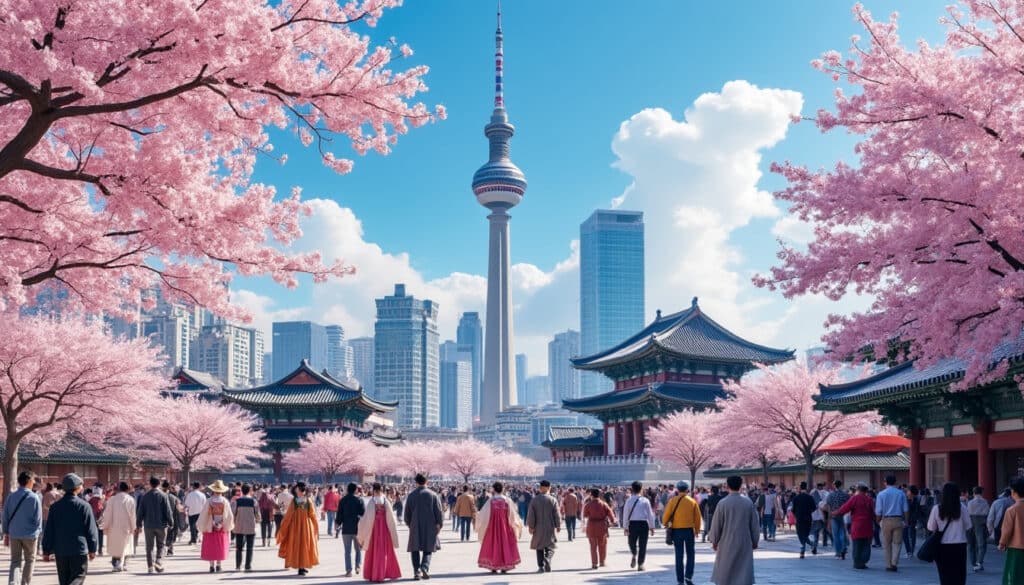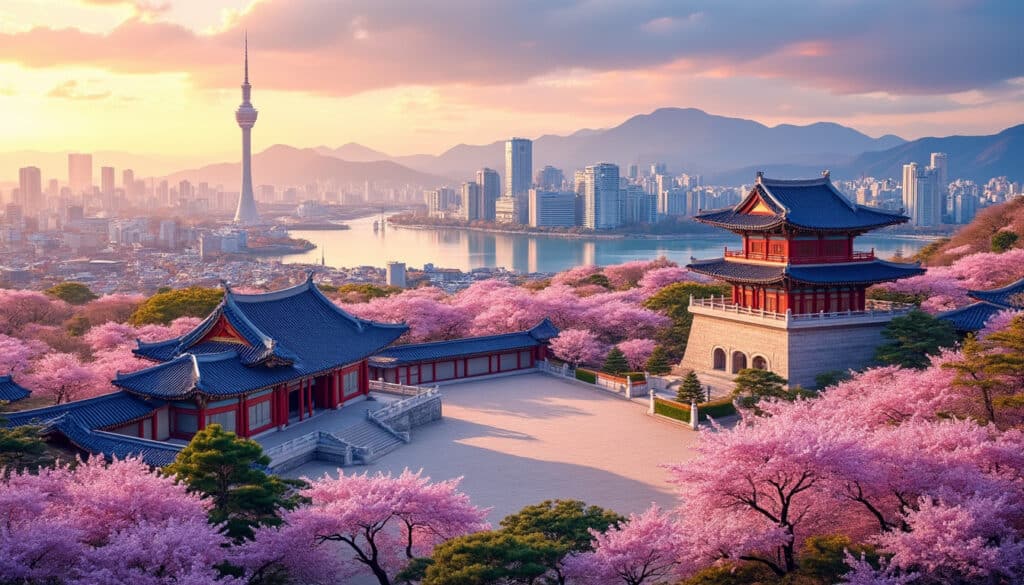Seoul, a sprawling city that seldom sleeps, is a vibrant blend of tradition and modernity, pulsing with energy around the clock. Understanding time in this bustling metropolis is crucial for both residents and visitors, not only for practical planning but also for appreciating the rhythm of life in South Korea. The time in Seoul, based on the Korean Standard Time (KST), offers a unique outlook into how the city functions and its place in the global time zones.
Exploring the Time Zone: Korean Standard Time (KST)
Seoul operates on Korean Standard Time (KST), which is UTC+9. This means Seoul is nine hours ahead of Coordinated Universal Time. While many parts of the world adjust their clocks for Daylight Saving Time, Seoul maintains a consistent time throughout the year, providing a stable schedule for its 10 million residents and numerous international visitors.
The advantage of a consistent time zone is clarity. There’s no need to reset clocks or verify whether an adjustment is in place. Everything remains smoothly aligned, which is particularly beneficial for businesses and travelers who need to coordinate across various global time zones.
- 🕒 No Daylight Saving Time adjustments; Seoul time stays the same all year round.
- 📈 KST is 13 hours ahead of Toronto, offering a glimpse into tomorrow.
- 🎓 Aids in international business by offering predictable working hours.
Many online tools, such as the Seoul Time Converter, easily help translate time differences for international communication. This tool is indispensable for scheduling across borders, ensuring meetings and collaborations are efficiently planned.
Understanding Seoul’s time zone is a key part of comprehending the city’s unique daily flow, integrating seamlessly with the broader fabric of life in Asia/Seoul. This aspect not only affects daily schedules but also influences cultural engagements and interactions within the city.
The Cultural Significance of Time in Seoul
Seoul, known as the heart of South Korea, embodies the integration of time in cultural practices and social norms. The city is a hub for various traditions that respect the ebb and flow based on time, from morning practices at ancient palaces to the nocturnal vibrancy of shopping districts and entertainment venues.
Seoul’s day begins with the sunrise at approximately 5:25 am and sunset at 7:31 pm, offering residents 14 hours and 6 minutes of daylight during May. This generous expanse of daylight encourages outdoor activities and bustling city life. Local stores, markets, and restaurants adjust their hours according to these natural rhythms, while Seoul’s roof gardens and parks fill with yoga enthusiasts and joggers at first light.
| Event | Time | Direction |
|---|---|---|
| Sunrise | 5:25 am | 66° East |
| Sunset | 7:31 pm | 294° Northwest |

The urban dynamics of Seoul create a tapestry woven with traditional events harmonizing with modern schedules, amplifying why understanding time is integral to Seoul’s identity. Explore more about this vibrant cultural integration through insights on Seoul’s reputation and identity.
Seoul’s Unique Sundials: Merging Time with Culture
Among Seoul’s hidden charms, the traditional sundials known as ‘Angbuilgu’ reflect both historical timekeeping and modern appreciation. These sundials not only served as ancient tools for tracking time but are also majestic pieces dotting historical venues across the city. They play a silent yet eloquent role in connecting past traditions with current sensibilities.
The Angbuilgu captures the sun’s position to mark time, symbolizing humanity’s profound relationship with the celestial. Modern Seoul embraces these time-honored tools as symbols of cultural heritage, enhancing visitor experiences at locations like Gyeongbokgung Palace, where history and modernity blend seamlessly.
- 🌞 Angbuilgu Sundials: Connects Seoul’s historical and cultural identity.
- 🏛️ Located in historical sites, offering a glimpse into Seoul’s regal past.
- 📷 Perfect for photography and cultural appreciation.
- 🎨 Embodies Seoul’s fusion of tradition and modernity.
The symbolic nature of these sundials in modern times is seen as part of Seoul’s dedication to preserving culture while embracing technological advancements. This dual nature is captured in the local essence, encapsulating the blend of technology and nature.
Modern Innovations Inspired by Heritage
Seoul not only cherishes its sundials as artifacts but also leverages their concept in urban design and innovation. Parks and modern architecture conversationally dance with these timekeepers, paying homage to the tried-and-true methods of the past while embedding them in future-oriented projects. The result is a city where every structure and clock, right down to a Seoul Watch Company design, respects its historical roots while gazing forward.
Thus, the timekeeping methods of Seoul do not merely tell time; they narrate a poignant story of continuity and cultural reflection, enhancing guest experiences who delve into the architectural tapestry of Seoul.
Must-Know Tips for Navigating Seoul Time
To optimize time in Seoul, whether for a first-time visitor or a seasoned expat, understanding the city’s pace is crucial. Here are some practical tips to match your internal clock with local practices.
- 🌅 Embrace the early day: Start your day early with Seoul’s sunrise to enjoy serene city scenes and local breakfast hotspots like traditional ‘bukchon’.
- 🛍️ Late-night shopping: Remember that department stores close later, around 9:00 pm, ideal for night owls wanting to explore Seoul’s vibrant commercial hubs.
- ⏲️ Schedule by sundials: Visit places like the Seoul Sundial for a break from digital screens and a stroll through history.
Social norms, such as respect for time during meetings and events, reflect deeply ingrained cultural values that prioritize punctuality. Failing to adhere to these norms can be seen as a sign of disrespect, making it imperative to adjust to local expectations promptly.
Seoul’s bustling environment may seem overwhelming at first, but experiencing everything from rural escapes to cosmopolitan hubs is part of engaging authentically with the city’s heartbeat. Prepare your travel schedule efficiently with tools like the local Seoul Watch and time zone converters to mitigate the multifaceted challenges of time shifts.
Effective planning around these elements allows you to immerse in the rich tapestry of Seoul culture seamlessly, with strategic insights into the day’s layout. For more details, check out tourist-friendly tips that elevate your Seoul experience.
Seoul’s Moments of Celebration: Timing and Holiday Influence
Timing in Seoul isn’t just about daily schedules; it extends to special days and events that see the city come alive with vibrancy and color. Understanding these key celebrations provides a lens into Seoul’s cultural fabric and the sanctity of time within these customs.
Holidays, such as the Presidential Election on June 3 and Memorial Day on June 6, bring the entire city to a standstill, echoing communal participation and reflection. On August 15, Liberation Day symbolizes a collective breath of freedom, embraced citywide through parades and fireworks visible from high-altitude vantage points across Seoul.
| Holiday | Date | Significance |
|---|---|---|
| Presidential Election | June 3 | Political engagement and democratic participation |
| Memorial Day | June 6 | Remembrance and reflection |
| Liberation Day | August 15 | Celebrating independence from Japanese rule |
Each event amplifies the relevance of time and its role in memorializing not just personal but national experiences. From setting schedules to participating in communal gatherings, time links personal life with historical narratives. Understand these cultural timings better with insights into Seoul’s holidays and celebrations.
The strong sense of time in nurturing these celebrations defines much of what constitutes daily life in Seoul, laying the foundation for an engaged citizenry that honors the past while sculpting the future through a harmonious understanding of time.
FAQ about Time in Seoul
- What is the time difference between Seoul and New York? Seoul is typically 14 hours ahead of New York, allowing you to experience the future across the globe.
- Does Seoul observe Daylight Saving Time? No, Seoul remains on Korean Standard Time (KST) year-round without DST adjustments.
- What are some key aspects of Seoul’s time culture? Punctuality and early rising are highly valued, reflecting both efficiency and respect within society.
Embrace the tempo of Seoul by synchronizing with its rhythm, an essential step to fully engaging and appreciating the bustling life of this dynamic city. Whether using a Seoul Watch Company timepiece or marveling at an ancient sundial, Seoul’s time is a thread weaving through its rich cultural tapestry.
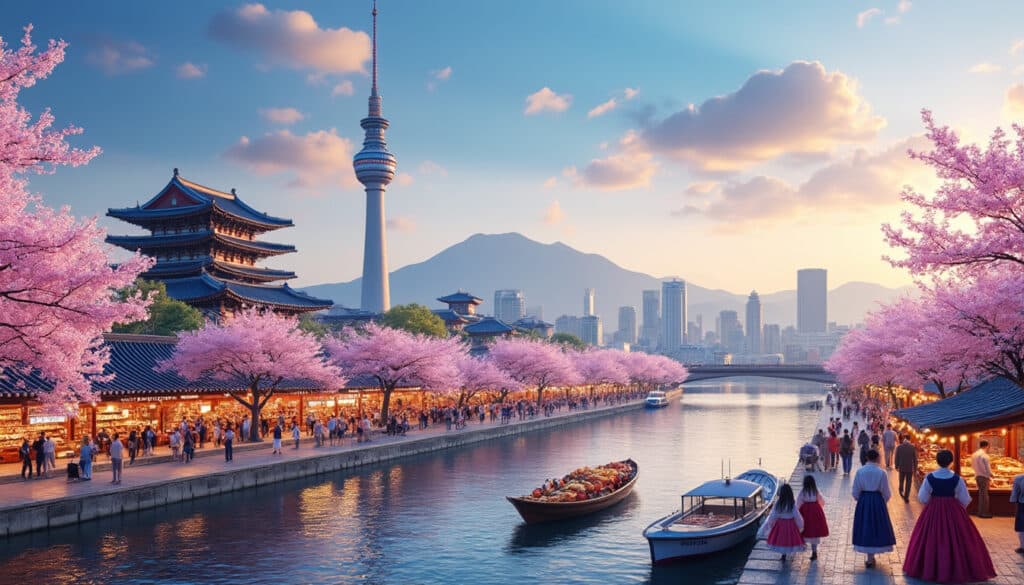
Fun Facts & Curiosities About Seoul
Seoul, a dazzling fusion of modernity and tradition, captivates every visitor with its vibrant blend of history, culture, and innovation. From being a technological metropolis to a cultural capital, the city offers a myriad of interesting facets waiting to be…
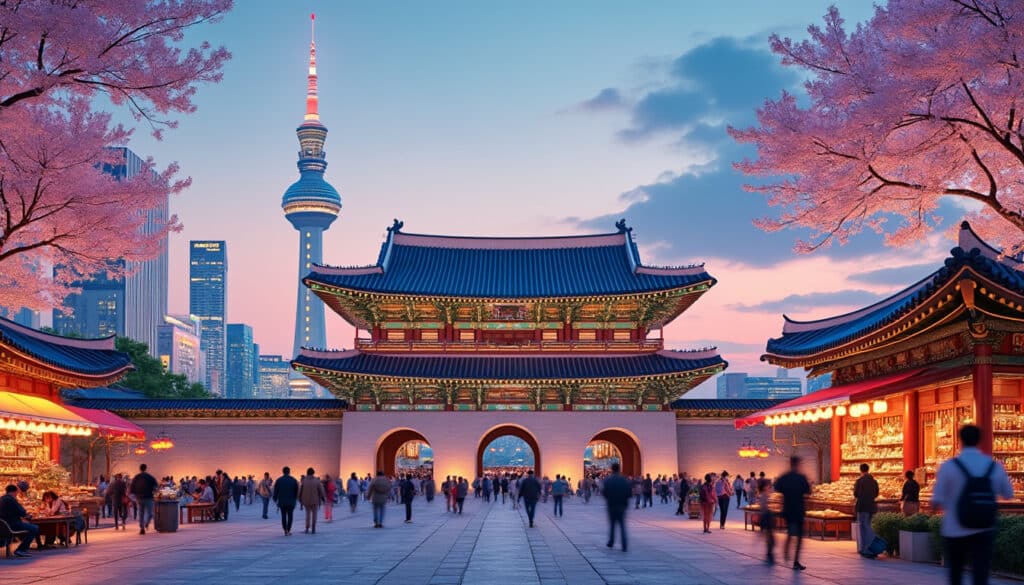
Architecture and urban features of Seoul
Seoul, South Korea’s vibrant capital, stands as a dynamic fusion of traditional culture and modern innovation. The city’s architectural wonders are a testament to its rich history and cutting-edge design principles, weaving a tapestry where ancient palaces coexist with towering…
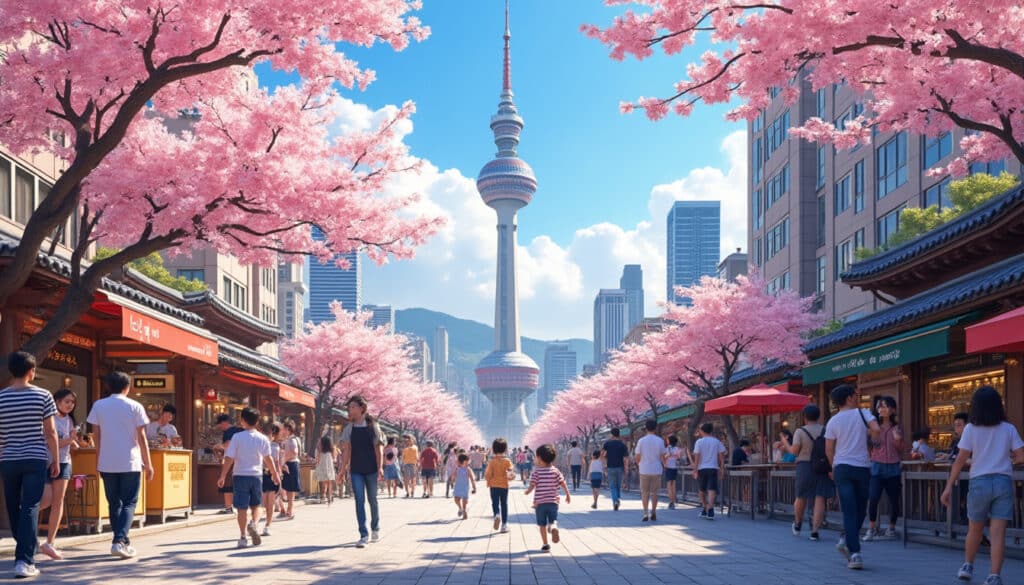
Seoul is a bustling metropolis where the ancient and modern coexist harmoniously. From its rich history rooted in time-honored traditions to its vibrant nightlife and technological advancements, this city is a haven for both tourists and expats. Stepping into Seoul…

Demographics and geography of Seoul
Seoul, the vibrant capital of South Korea, stands as a testament to the country’s rapid development and cultural evolution. Nestled along the banks of the Han River in the northwestern corridor of the Penninsula, Seoul represents a harmonious blend of…
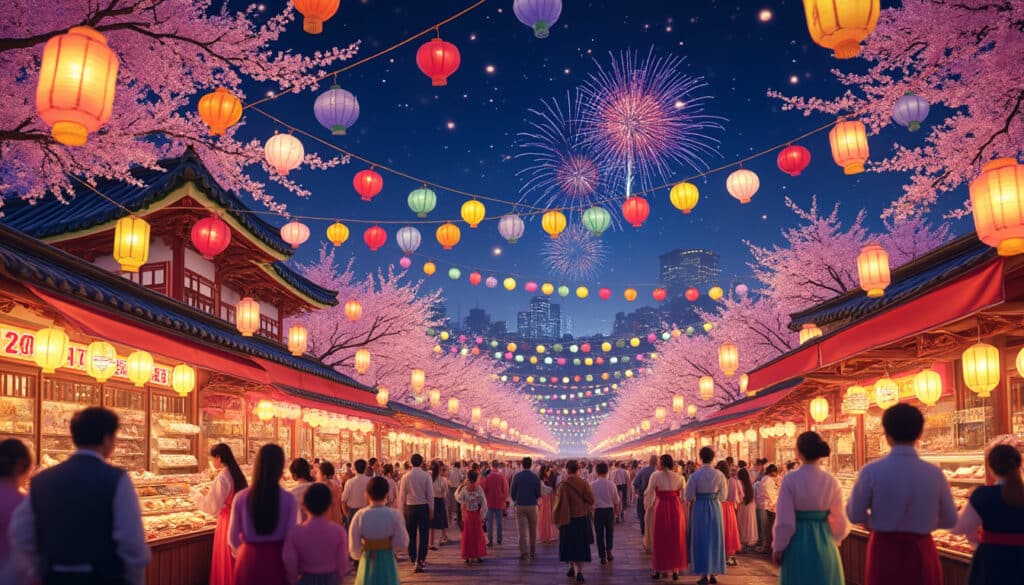
Holidays and celebrations in Seoul
Seoul, the heart of South Korea, is where traditions meet modernity, creating a unique tapestry of cultural and contemporary celebrations. The city, known for its vibrant lifestyle and rich history, transforms into a festive wonderland during public holidays. From historical…
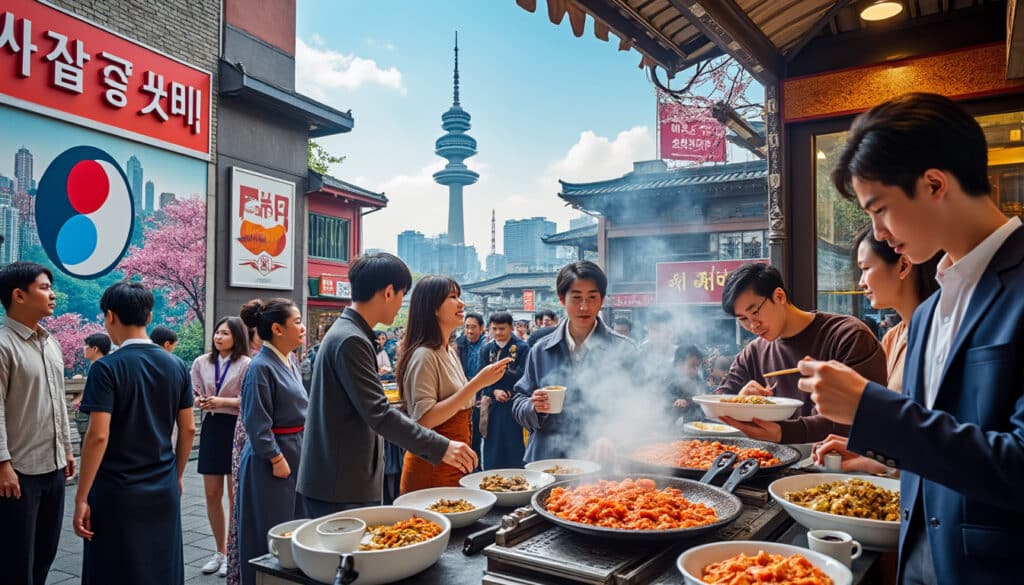
Language and spelling of Seoul
Seoul, the bustling capital city of South Korea, is not just a hub of rapid technological advancements and modern culture, but also a treasure trove of linguistic history and evolution. The city’s language and spelling conventions offer a window into…
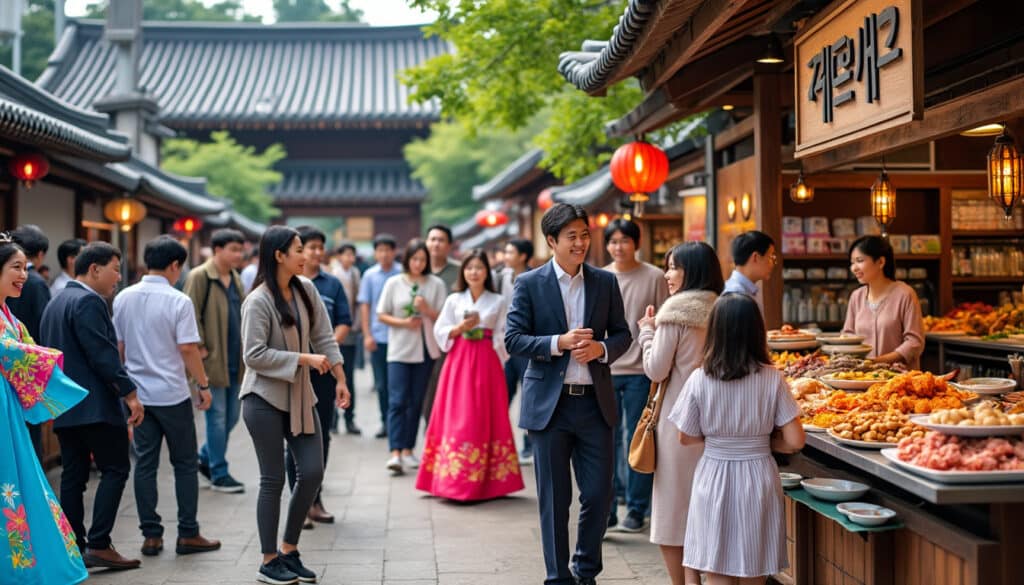
Local tips for tourists in Seoul
Seoul, the vibrant capital of South Korea, offers a fusion of ultra-modern skyscrapers and ancient palaces, bustling markets, and serene temples. However, while embarking on a journey to this dynamic metropolis, tourists often miss the oddly charming, unconventional spots that…
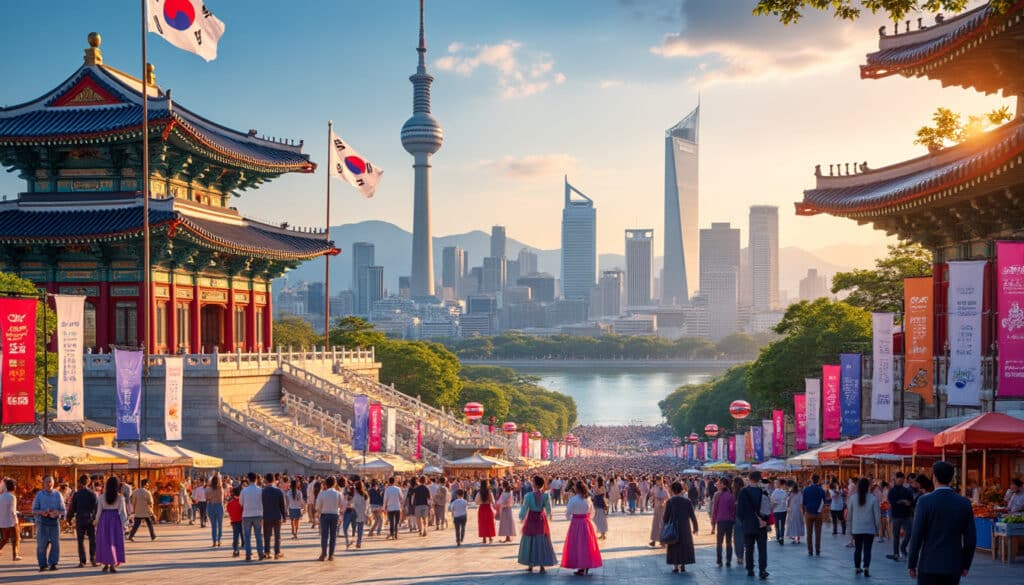
Names, flags, and identity of Seoul
Seoul, a dazzling city that serves as the heart of South Korea, has more to offer than its bustling streets, futuristic skyscrapers, and vibrant culture. Its essence is interwoven with the intriguing tapestry of its names, symbols, and identity. The…
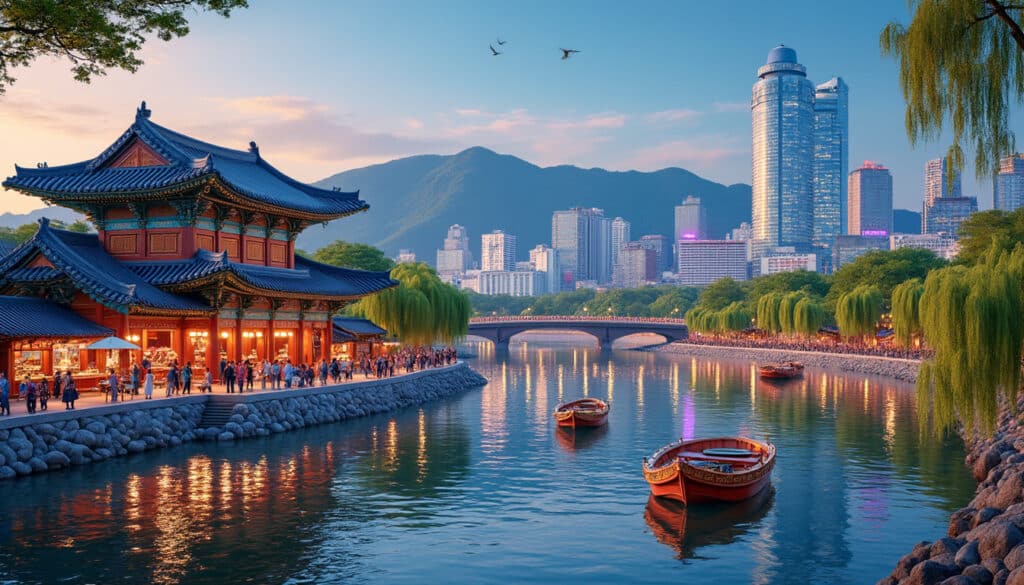
Reputation and identity of Seoul
Seoul, the pulsating heart of South Korea, is a city that gracefully bridges the gap between the past and the future. Known for its towering skyscrapers, neon-lit streets, and a burgeoning tech industry alongside historic palaces, tranquil temples, and bustling…
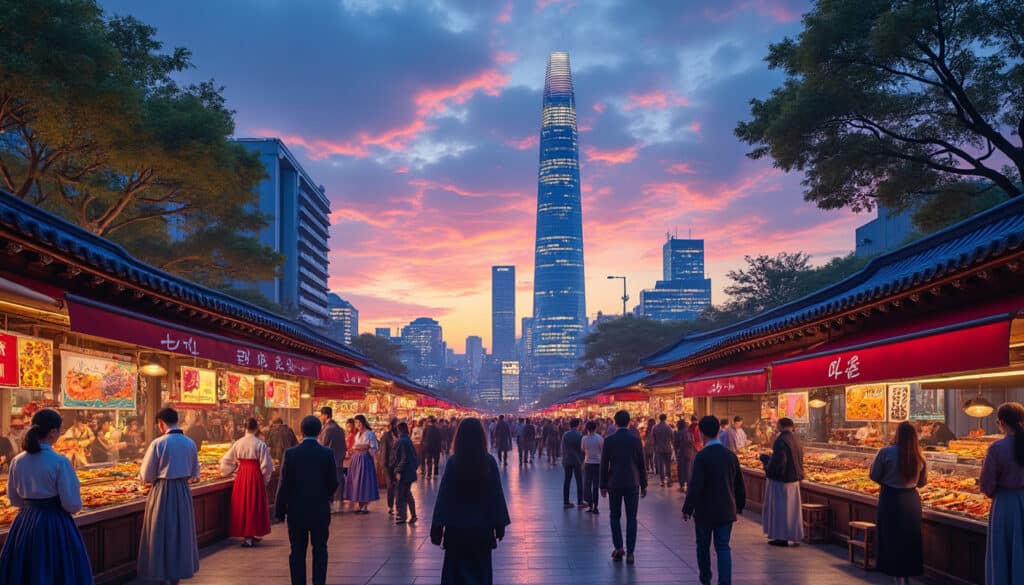
Unusual facts and social issues in Seoul
Seoul, a dazzling tapestry of ancient history and contemporary vibrance, offers explorers an eclectic mix of the unexpected and the familiar. As a hub of innovation with deep cultural roots, Seoul embodies a fascinating blend of contrasts that draw millions…
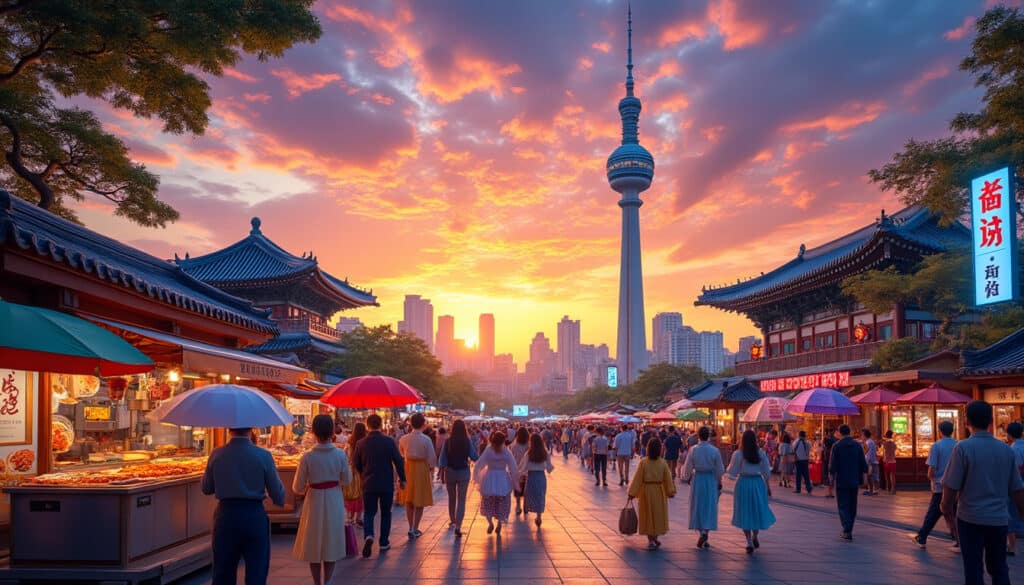
What does Seoul look, smell, feel like?
Seoul, South Korea’s sprawling metropolis, is a city that engages all the senses. As you navigate its bustling streets, you’re enveloped by a panorama of contrasting elements: sleek skyscrapers shoot up next to ancient palaces, neon-lit alleyways buzz with life…


